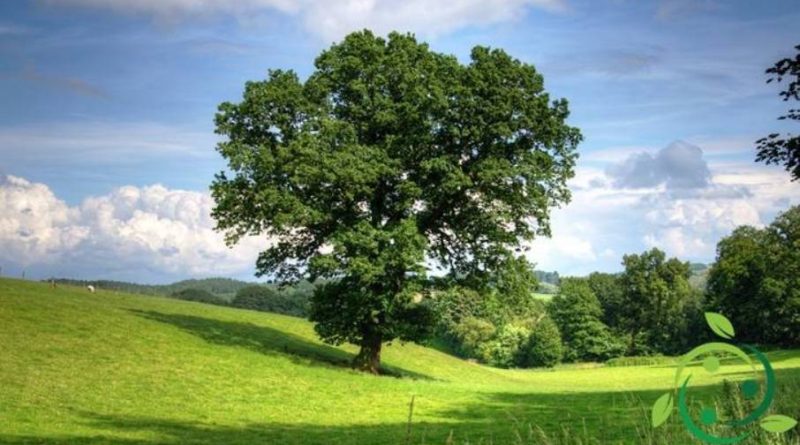How to grow the Oak
How to grow the Oak
To the genus Quercus (L., 1753) which is part of the Fagaceae family, many arboreal and shrub species commonly called oaks belong. These trees and in some cases shrubs, some of which are spontaneous in Italy, have alternate leaves, sometimes lobed or toothed, which on the same plant may have different shapes, due to the difference of the juvenile foliage compared to the adult one. The oaks are monoecious plants, therefore with male and female flowers on the same plant. The male flowers are gathered in yellow catkins, the female ones are green. The fruit is the typical acorn. The most common species of oaks that we find are the Oak, the Sughera, the Farnia and the Holm oak. For their cultivation consider that they are plants with a rather slow development and long life. Millennial oaks exist. For this reason, the choice of planting an oak must be linked not only to aesthetic aspects, which perhaps we would not capture in our lives, but of an ecological nature. In fact, so that an oak, sown by acorns, reaches a height of about two meters. they will take more or less two years.
As acorns have short existence, they must be sown in pots and kept outdoors. Remember that the acorns must be planted or horizontally, or with the tip pointing downwards (from where the root comes out) and the head (where there is the dome that covers it) upwards. Just cover them little with the earth. You water well, and put the vase in a bright place. The soil must always be kept humid, but without stagnation and the seeds should be planted within two months of harvesting from the mother plant. Once the young seedling has been popped, it must be kept in pot for about two or three years. In this period a first transfer is made, always done outdoors, to put it in a larger space. After about three years, it can be decided to put it in a permanent place in a space that is proportionate to its future extension. When choosing the location for the final planting, do not forget that the oak loves the sun and the ventilated areas. For the transplant the most suitable period is winter. As the oak is a plant that has good climatic resistance, both in the heat and in the cold, but prefers moisture and a deep soil, which is well drained and with a fair fertility, it is necessary, before the final planting, to in the pit a ripe organic fertilizer or a slow release organic fertilizer. During the first years of life this intervention will be done in late winter, mixing the organic substance in the first layers of soil. Subsequently the roots of the plant will deepen their nutritional and water bonds. As for any parasitic attacks or adversity, these must be taken into consideration especially for younger plants. Among these we remember the oidium of oaks, which damages the buds and covers the leaves of white spots, the rust and the scab, which cause weakening and deterioration of the whole plant, and last but not for danger, the processionary of the oak that due to the sudden fall of the leaves.

